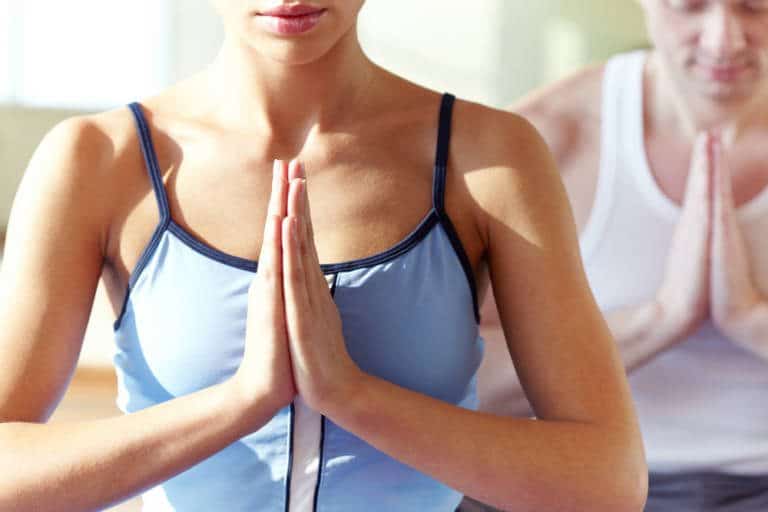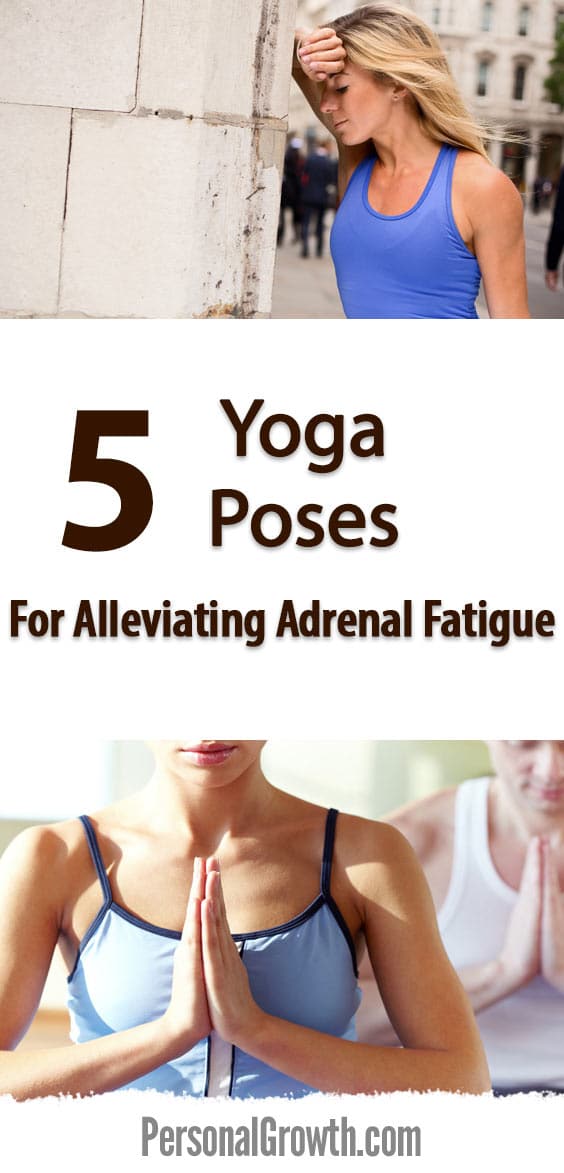

Adrenal fatigue is one of those things you may have experienced before without even realizing it. As noted by WebMD, the term “adrenal fatigue” covers a wide range of symptoms, including being tired all the time, difficulty getting out of bed, and problems thinking clearly or finishing what you started.
The theory behind this condition is simple. When you experience a prolonged period of stress that repeatedly triggers your natural “flight or fight” response, it can lead to adrenal fatigue. During the time your body is in this response mode, it produces and releases hormones, namely adrenaline, and cortisol. The adrenal gland, which is what is responsible for hormone balance in the body, can become worn out when trying to deal with the constant high supply of adrenaline and cortisol in your body and all the other things it is responsible for.
Experiencing adrenal fatigue can be frustrating, leaving you less productive and feeling continually run down and worn out. Luckily, you can work to help alleviate the symptoms at home by trying the following yoga poses.
Before You Start
For the best results, set yourself up in a space that is relaxing without any disturbances. Have some candles on hand to light, play calming music and make sure that you put your phone away. You will want to relax into each pose for three to ten minutes. Remember to breathe slowly the entire time and to lengthen your exhale. If you’re not comfortable, use a blanket or pillow to make the pose feel better to you, as you are here to relax! Listen to your body, and make sure you come out of each pose when you need to.
1. The Child’s Pose (Balasana)
The Child’s Pose is here to help you feel connected to the earth, calm and grounded. It may also allow for a gentle opening of your hips, depending on what variation you use.
For this pose, kneel on your mat first, with your big toes touching and the tops of your feet down to the ground. Bring your knees out to the mat’s width, and sit back onto your heels. Turn your torso slowly in the direction of the mat and then rest your forehead on a bolster or the mat itself. You can also do this pose with your arms beside your body and resting with knees together, which translates to less opening for your hips. Make sure you stay in this pose for at least three minutes and breathe deeply the entire time.
2. Reclining Cobbler’s Pose (Supta Baddha Konasana)
With the Reclining Cobber’s Pose, you have a great opportunity to connect in with your breath. The practice of connecting in with breathing helps support your parasympathetic nervous system, which is responsible for your resting and digesting.
Start by sitting upright with your knees apart and the soles of your feet meeting. When you are comfortable, start reclining back. Get onto your elbows at first, and then lower down until your spine is touching and straight on the floor. If you want, you can also place your hands on your sides with the palms facing up, or you can place one hand on your stomach and one on your heart while breathing deeply for a few minutes. Maintain this pose for at least three minutes, keeping your breathing deep, lengthening exhales and letting go of lingering tension.
3. Legs Up The Wall Pose (Viparita Karani)
Despite the wild name, the Legs Up the Wall Pose is the “superfood” move in the yoga world. It is believed to slow the heart rate, stimulate blood pressure sensors in the upper chest and neck to reduce adrenal gland nerve input, slow brain waves and relax blood vessels. Also known as the “foundation of youth” pose, this pose is regarded as one that can turn back the hands of time with regard to your physical appearance.
To practice this pose, lie down with your legs up on the wall and your back on the ground, with your backside as close to the wall as humanly possible. Once you’re comfortable, pay attention to your breath and relax, but do take note of the sensations caused by the subtle shift in the blood flow.
4. Corpse Pose (Savasana)
The Corpse Pose is pretty popular, and it is easy to do. While you may feel as if you are just lying there, when you are focusing on deep and long exhaled breaths, you will bring calmness into your body and lower your heart rate. This pose also brings home the benefits of your practice and helps you feel a deep sense of simple rest.
For this pose, start by lying down on your back. Bring your legs out just a little wider than your hips, allowing your feet to rest comfortably out to the side. Put your arms by your hips at a wider-than-normal but still comfortable distance, with your palms facing upward. Then, close your eyes and relax your tongue and face. Let your eyes roll into the back of your head and breathe deeply, focusing on your long exhales. Keep this pose for at least ten minutes if you can. If you feel lower back pain, you can put a pillow or blanket under your knees to relieve the tension.
5. Easy Pose (Sukhasana)
The Easy Pose is just what it sounds like: easy! This is a great way to bring calm to your body, and it’s a less hip-taxing alternative to the popular Lotus Pose.
Start by folding a blanket or two into a firm support that is about two inches high. Sit near the edge of the support and then stretch your legs in front of your torso and onto the floor. Then, widen your knees and cross your shins, slipping your feet behind their opposite knees as you bend the knees and bring your legs in toward your torso.

Keep in mind that you want to have your pelvis in a pretty neutral position for this pose. If you need to find neutral, press your hands on the floor and lift any sitting bones just off the support. As you hold this position for a few seconds, make the thigh bones heavy and then slowly lower yourself back to your support. The goal is to balance your tail and pubic bones so they are at an equal distance from the floor.
Dealing with adrenal fatigue can be frustrating, but you can use yoga to restore your body and ease your symptoms. Give those adrenal glands a break by doing this sequence of poses at least once per week.

